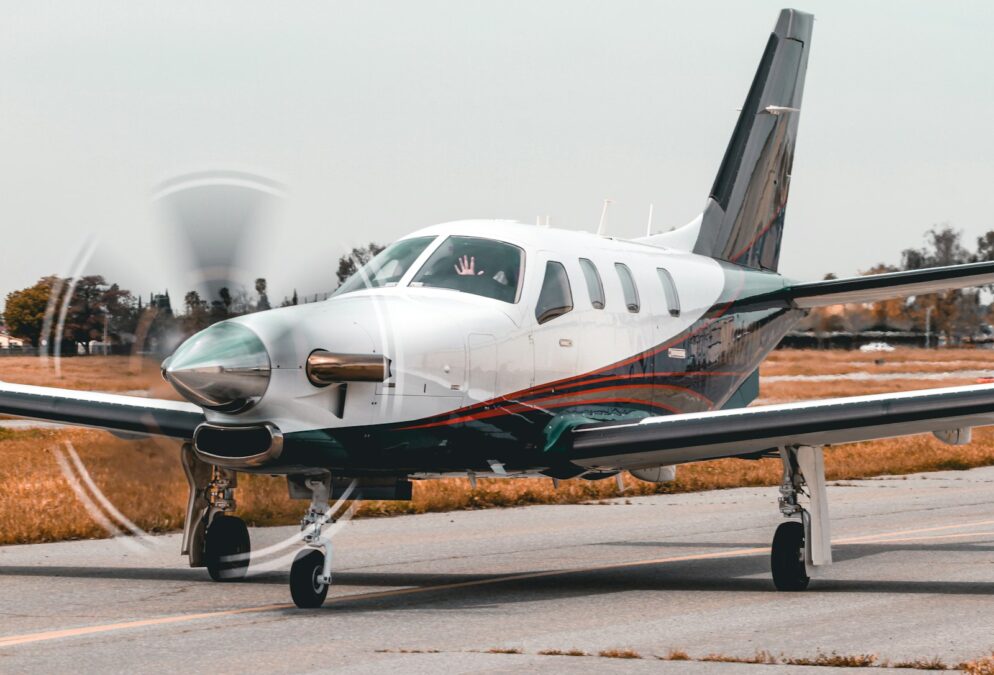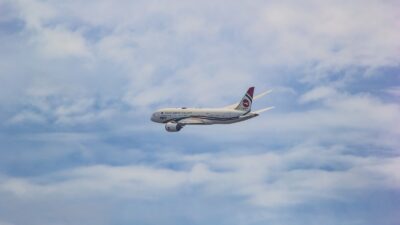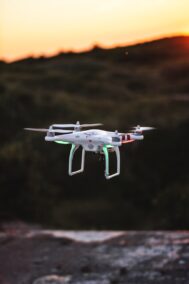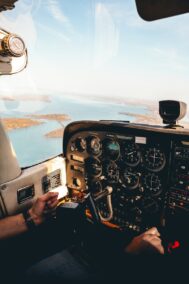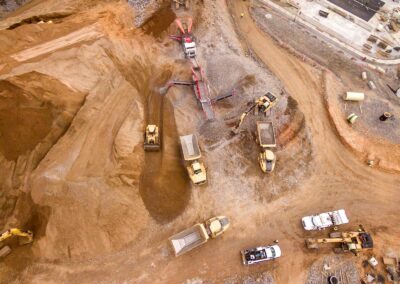Advancing Aviation Through Cutting-Edge Aerodynamics
Enhancing Safety and Efficiency
The quest for advanced aerodynamics in aviation epitomizes the relentless pursuit of safety, efficiency, and sustainability in air transportation. This endeavor encompasses a wide array of research, development, and innovation aimed at pushing the boundaries of what is possible in flight. From the design of sleeker airfoils to the integration of novel materials and technologies, every aspect of modern aviation reflects a commitment to enhancing the safety and efficiency of air travel.
Advanced aerodynamics plays a pivotal role in improving aircraft performance across various operational parameters. By optimizing lift-to-drag ratios and reducing aerodynamic drag, advancements in aerodynamics enable aircraft to operate more efficiently, consuming less fuel and emitting fewer greenhouse gases. This not only benefits the environment but also enhances the economic viability of air transportation, making it more accessible and sustainable for future generations.
Furthermore, advanced aerodynamics contribute to enhanced safety through improved handling characteristics and maneuverability. By refining wing designs and control surfaces, engineers can mitigate the effects of turbulence and adverse weather conditions, ensuring smoother and more predictable flight experiences for passengers and crew. Additionally, innovations in aerodynamic modeling and simulation enable more accurate predictions of aircraft behavior, enhancing pilot training and decision-making capabilities.
Embracing Sustainable Aviation Solutions
In the context of increasing environmental concerns and regulatory pressures, the pursuit of advanced aerodynamics in aviation takes on added significance. Sustainable aviation solutions, driven by advancements in aerodynamics, are essential for reducing the industry’s carbon footprint and mitigating its environmental impact. From the development of bio-inspired aerodynamic designs to the implementation of alternative propulsion systems, researchers and engineers are exploring innovative approaches to make aviation more eco-friendly.
One promising area of research is the application of biomimicry principles to aircraft design, drawing inspiration from nature to optimize aerodynamic efficiency. By studying the flight patterns of birds and insects, scientists can identify strategies for reducing drag and improving lift generation, leading to more energy-efficient aircraft designs. Additionally, the integration of electric propulsion systems and hydrogen fuel cells holds promise for reducing emissions and reliance on fossil fuels, paving the way for a more sustainable future in aviation.
Moreover, sustainable aviation fuels (SAFs) are emerging as a key component of the industry’s transition to greener operations. Produced from renewable feedstocks such as agricultural residues and waste oils, SAFs offer a viable alternative to conventional jet fuels, with the potential to significantly reduce greenhouse gas emissions. The adoption of advanced aerodynamics, coupled with the widespread use of SAFs, represents a transformative step towards achieving carbon-neutral aviation and combating climate change.
Leadership and Innovation in Aerodynamic Advancements
Effective leadership and innovation are essential drivers of progress in the field of advanced aerodynamics in aviation. Visionary leaders within aerospace companies, research institutions, and regulatory bodies play a crucial role in shaping the direction of aerodynamic research and development. By fostering a culture of creativity, collaboration, and continuous improvement, these leaders inspire teams to push the boundaries of what is possible and drive meaningful change in the industry.
Project management also plays a critical role in overseeing the execution of aerodynamic research initiatives and ensuring alignment with strategic objectives. By establishing clear goals, allocating resources effectively, and managing stakeholder expectations, project managers facilitate the timely delivery of innovative aerodynamic solutions. Moreover, effective communication and stakeholder engagement are essential for garnering support and buy-in for aerodynamic advancements, both internally and externally.
Furthermore, partnerships and collaborations across industry, academia, and government are instrumental in advancing aerodynamics research and translating scientific discoveries into practical applications. By leveraging diverse expertise and resources, collaborative initiatives can accelerate the pace of innovation and address complex challenges more effectively. Additionally, investment in education and workforce development is crucial for cultivating the next generation of aerodynamics experts and ensuring a pipeline of talent to drive continued progress in the field.
Conclusion: The Future of Aerodynamics in Aviation
In conclusion, the pursuit of advanced aerodynamics in aviation represents a fundamental pillar of the industry’s quest for safety, efficiency, and sustainability. From enhancing aircraft performance to reducing environmental impact, aerodynamic advancements hold the key to unlocking new possibilities in air transportation. Through visionary leadership, collaborative innovation, and a steadfast commitment to excellence, the aviation industry can continue to push the boundaries of what is possible and shape a future where air travel is safer, more efficient, and more sustainable for all.
#AdvancedAerodynamics #AviationTechnology #AircraftSafety #EfficiencyInAviation #SustainableAviation #LeadershipSkills #InnovationInAerospace

